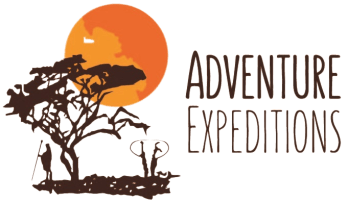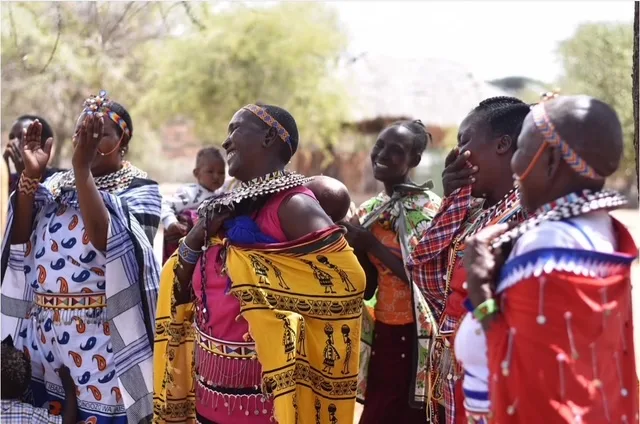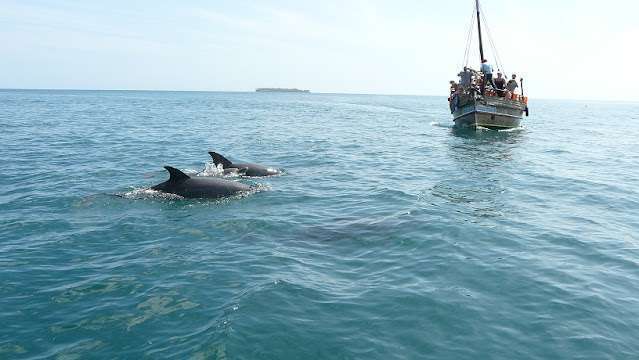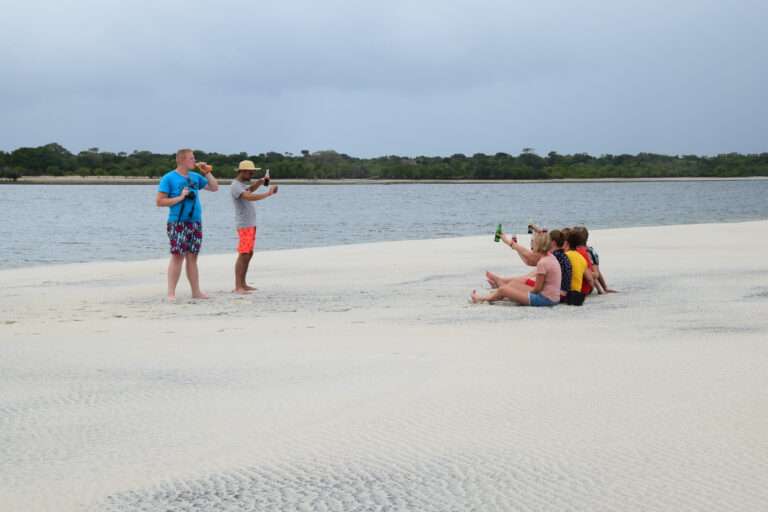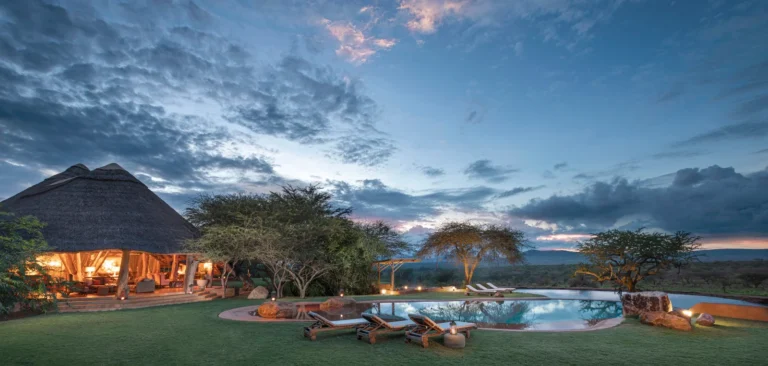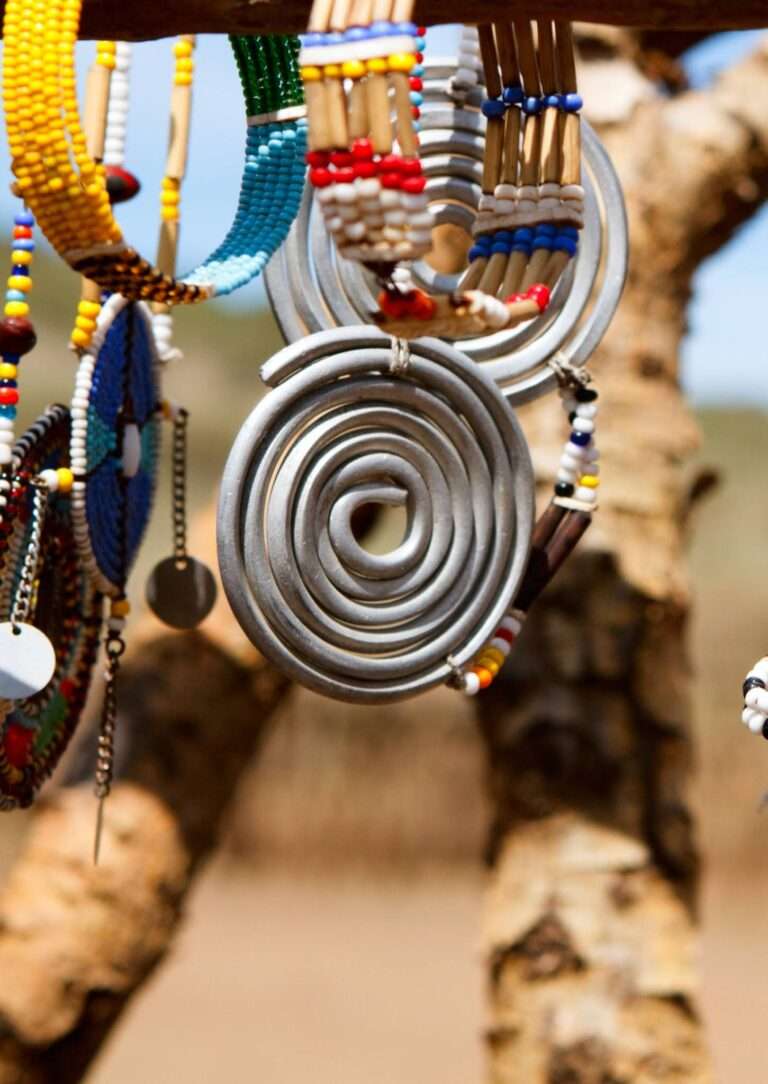- Home
- Destination
- Safaris
- Kenya
- 10 Days around Mount Kenya
- 7 Days Great Rift Bike Safari
- 7 Days Best of Birding Safari
- 7 Days Lake Turkana Safari
- 13 Days Kenya’s Historic Railway
- 14 Days Kenya’s Rift Valley Lakes
- 8 Days at the Beautiful Diani Beach
- 8 Days South Coast & Tsavo East
- 12 Days Photographic Safari
- 10 Days Beach Safari from Diani to Lamu
- 8 Days Kenya Horizon
- 12 Days Across Kenya
- 10 Days Flying Safari Amboseli and Northern Kenya
- Tanzania
- Uganda
- Rwanda
- Kenya
- About Us
- Travelling Tips
- Gallery
- Blog
- Home
- Destination
- Safaris
- Kenya
- 10 Days around Mount Kenya
- 7 Days Great Rift Bike Safari
- 7 Days Best of Birding Safari
- 7 Days Lake Turkana Safari
- 13 Days Kenya’s Historic Railway
- 14 Days Kenya’s Rift Valley Lakes
- 8 Days at the Beautiful Diani Beach
- 8 Days South Coast & Tsavo East
- 12 Days Photographic Safari
- 10 Days Beach Safari from Diani to Lamu
- 8 Days Kenya Horizon
- 12 Days Across Kenya
- 10 Days Flying Safari Amboseli and Northern Kenya
- Tanzania
- Uganda
- Rwanda
- Kenya
- About Us
- Travelling Tips
- Gallery
- Blog
Murchison Falls National Park
HIGHLIGHT
The meandering Victoria Nile and the dramatic Murchison Falls make this National Park, the biggest in the country, a stunning habitat for wildlife. Murchison Falls was discovered by Samuel Baker in 1864.
Overview
How to get there
What to See & Do
Climate
Map
Overview
Background Information
The meandering Victoria Nile and the dramatic Murchison Falls make this National Park, the biggest in the country, a stunning habitat for wildlife. Murchison Falls was discovered by Samuel Baker in 1864. The 50 meter wide Nile is forced through a narrow cleft in the rocks, dropping down with a thundering roar and a beautiful rainbow. The launch trip to the bottom of the Falls is unforgettable, both to experience this mighty river and to see the huge crocodiles, hippos and birds that bask on its banks.
The terrain is dominated by rolling savannah and tall grassland. Buffalo, Rothschild’s giraffe, Uganda kob, hartebeest and waterbuck are commonly seen. You may also spot oribi, bushbuck, Bohor reedbuck, sitatunga, bush duiker, warthog and bushpig. Among the large carnivores, lion, leopard and spotted hyena are seen. The park boasts over 450 bird species including the Goliath heron, Egyptian goose, pelican, bee-eater, kingfisher, hornbill, cormorant, and the rare shoebill stork
How to get there
By road: The Nile river crossing at Paraa, in the centre of the park, is approximately 5hrs drive from Kampala (305km). Paraa is 85km from Masindi town by the direct route. A longer (135km) alternative route passes through Budongo forest and enjoys spectacular views across Lake Albert from the riftvalley escarpment above Butiaba. Paraa can also be approached from the north, via Chobe Gate near Karuma Falls and Tangi Gate near Pakwach (25km to Paraa), and Wankwar Gate near Purongo.
What to See & Do
The park is bisected by the very scenic Victoria Nile. A boat trip takes you to the base of the Murchison Falls where you can see the Nile squeezing through a narrow gorge before dropping down into the ‘Devil’s Cauldron’. North of the river is a savannah habitat dominated by grassland dotted with borassus palms. South of the river, the habitat changes to woodland with forest patches.
Four of the Big Five can be seen, but rhino are absent. Huge herds of elephant and buffalo are common, and lion are easily spotted. Antelope include Jackson’s hartebeest, waterbuck and Uganda kob. Large herds of giraffe are a specialty. Similar is the case of the localized patas monkey. Chimpanzee and several other primates can be tracked in Budongo forest in the south of the greater Murchison Falls Conservation Area.
Best Time to Visit
A Uganda tour to Murchison Falls is suitable at any time of the year, but not advisable during rainy seasons. Uganda is sunny most of the year with temperatures rarely rising above 29 degrees (84 degrees Fahrenheit). The average annual temperature is about 26 degrees Celsius (78° Fahrenheit). The rainy season is from March till May and October till November. Light rain season falls in November and December. Dry seasons are from December to February and June to August. The best time for Murchison falls safari, would be December to late February and from June to September, but rain is possible due to unpredictable seasonal changes.
Climate
Murchison Falls NP’s weather in general.The climate in Murchison Falls is tropical and hot. Being close to the equator, temperatures are quite uniform throughout the year. Daytime temperatures of around 31°C/88°F are common, with it cooling down at night to around 18°C/64°F. The altitude ranges from 500-1,292m (1,650-4,240ft), so climatic variations occur within the park as temperatures drop by about 6.5°C for every 1,000m you climb (or 3.5°F per 1,000ft). The Wet season runs from March to November, with a period of less rain from June to July. There is little rain during the Dry season, which occurs from December to February. It doesn’t rain that much in the Wet season either, but heavy storms can be expected.
Map
Example Trips
Book Your Safari
Browse our example trips and get in contact to start planning your very own adventure.
Our Stories
© 2025 Copyright Adventure Expeditions
